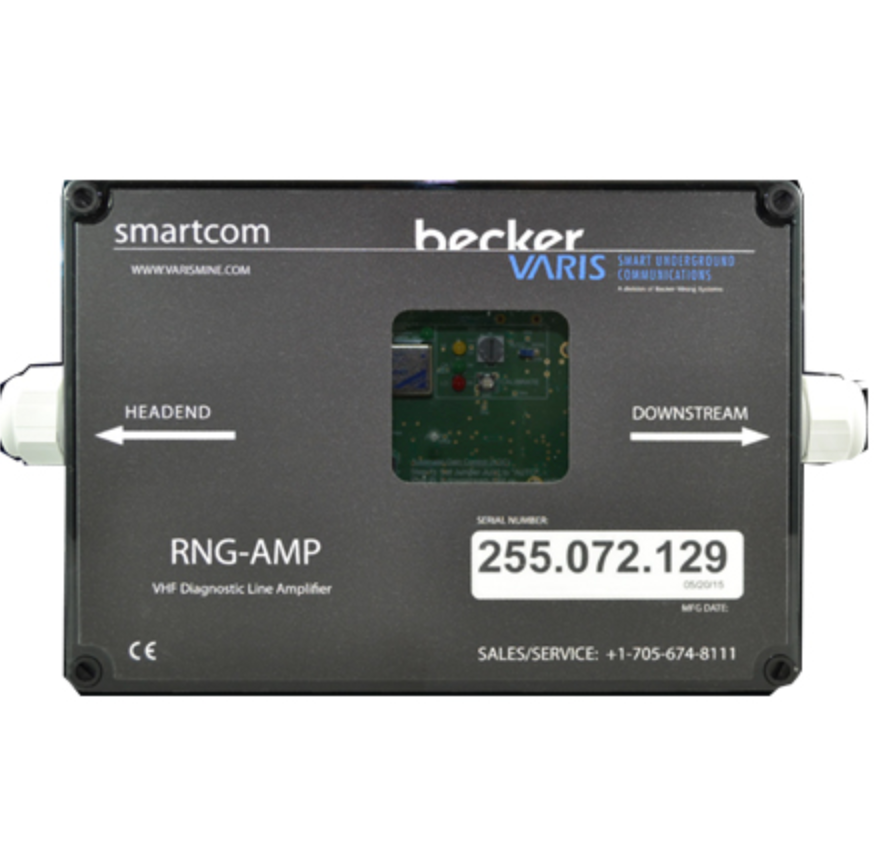What is a VHF Leaky Feeder System

In the 1940s, American scientist Sidney Darlington had the idea of a VHF leaky feeder communication system. This is one of the most popular communications systems used by ham radio operators all over the world today. VHF leaky feeders are mainly used for long-distance communication, typically between base stations and mobile transceivers; they don’t offer any features like data or transactional capability.
VHF leaky feeder systems are a type of analog modulation technique used for communication between transmitter and receiver. A VHF leaky feeder is a communications system that uses amplitude modulation (AM) processes to link radio stations, base stations, repeaters, and mobile units using modulated carrier wave transmission signals.
This technique transmits a continuous stream of information from one location to another. The individual bits of information are sampled every 20 microseconds. The information is encoded as audio tone frequencies, which vary in a highly narrow range.
How does the VHF Leaky Feeder System work?
A continuous stream of bits (or digital data) is modulated onto the carrier radio wave using an analog modulation technique.
A modulator receives the digital information and converts it into an audio tone. The audio tones are then transmitted at the desired frequency (1.8 MHz in this case). Once the receiver detects the transmitted tone, it extracts the information and displays them on its screen.
Because the frequency of the transmitted tone is constant, any receiver can detect it regardless of its distance from the transmitting station. Thus, a VHF Variable Frequency Modulated (VFm) system consists of a transmitter and a receiver linked together using a leaky feeder circuit.
VHF leaky feeders work with amplitude modulation (AM). The information to be transmitted is converted into variation in the amplitude of an electrical signal. In the case of VHF variable frequency modulated systems, the information is encoded into the audio frequencies. The AM signal is then transmitted through a leaky feeder that takes time to reach the receiver site.
When it reaches the receiver, the tone frequency is picked and separated from other noise frequencies before finally displaying it on the screen in bits. This process is known as detection.
The VHF variable frequency system consists of three parts- transmitter, receiver, and a leaky feeder transmission line that connects both stations.
The transmitter section consists of the modulator, control, and audio stages. The modulated signal is converted into an audio signal using modulation techniques. The output of the modulator is coupled to the antenna input of the transmitter through a low pass filter and modulator amplifier. The VHF leaky feeder system sends information at varying audio frequencies picked up by an FM detector in the receiver.
This then scans through menu files or incoming traffic. The FM detector scans the incoming signal and displays transmitted information on the screen.
The VHF leaky feeder circuit works by sending audio tone frequency (as above). The number of bits in a character or word is sent as a reference frequency picked up by an FM detector. The tuned circuit scans through all frequencies to find the right one once it detects the tone frequency. A bandpass filter separates the frequency from other noise—the extracted bits of information display on the screen.
These are not used for communications only, but several applications such as code division multiple access (CDMA). CDMA networks work similarly to a VHF system. Like a VHF system, they are much shorter than their analog counterparts since they use digital information instead of audio tone signals.
Becker Varis VHF Leaky Feeder System
The VHF Leaky Feeder System from Becker Communication Company is a type of antenna system that consists of two orthogonal VHF antennas called Spillikins. It operates at frequencies between 150 – 170 MHz (TV) and 175 – 221 MHz (FM). This antenna system is designed for high efficiency in the installation and maintenance stages.
It is possible to point or rotate the two antennas in any direction, thus providing an omnidirectional radiation pattern while still achieving a maximum gain. The system has no main reflector surface, which avoids potential wind loading problems with dishes in high wind areas susceptible to icing or vandalism problems. It also includes a weatherproof case for corrosion protection and easy transportation.
Conclusion
The VHF system is a simple yet effective way of sending data. It is used to send encrypted digital data or any message such as weather forecast, shipping alerts, etc. It works similar to short wave radios, except it uses less frequency bandwidth, and more data can be sent over a shorter distance. This enables smaller transmitters and receivers to be used as compared to the conventional analog systems. If you would like to learn more then contact us today!